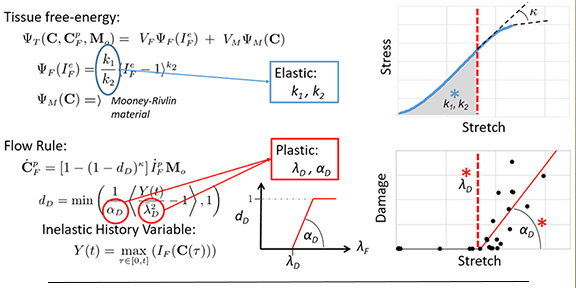Advised by Mechanical Engineering associate professor Ken Monson in the Laboratory of Head Injury and Vessel Biomechanics, Ph.D. student Matt Converse, from Delware, OH, took First Place in the Summer Biomechanics, Bioengineering and Biotransport Conference (SB3C ), held in Tucson, AZ, June 21-24, 2017.
The Summer Bioengineering Conference (SBC) series has a long history as a high-quality multidisciplinary, biomedical engineering event organized by the Bioengineering Division (BED) of the American Society of Mechanical Engineers (ASME). A hallmark of these meetings has been the interaction and integration of engineering principles and contemporary biological concepts.
Converse’s paper is entitled, “Arterial damage model based on empirical stretch thresholds of collagen unfolding and tissue yielding.” Arteries play a critical role in carrying essential nutrients and oxygen throughout the body. However, trauma to the head and neck as well as surgical interventions such as angioplasty can distend arteries beyond their physiological range. Even in the absence of hemorrhaging, such ‘subfailure’ deformations can damage cells, cause permanent deformation of the tissue, alter vascular mechanics, and, ultimately, compromise vessel function.
